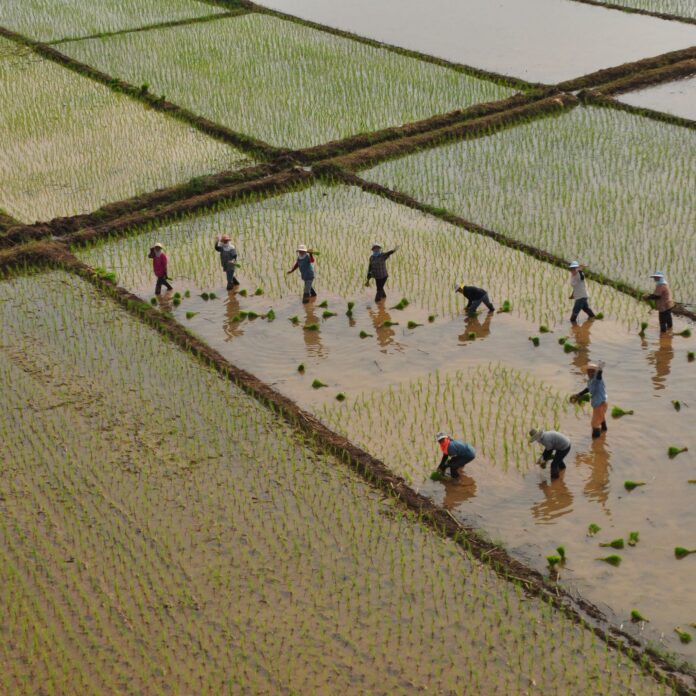Precision agriculture will be necessary to support demand for food
WASHINGTON – According to data provided by Beecham Research, the world population is estimated to hit 9.6 billion people, the majority of whom will be living in cities, by 2050; to support a population of that size, food production will have to increase by 70%.
In a new report titled Towards Smart Farming: Agriculture Embracing the IoT Vision, Beecham found the key to support the projected demand for food resources is the advancement of precision farming enabled with the smart connectivity supported by the “Internet of Things.”
Therese Cory, a senior analyst at Beecham, said, “The demand for more food has to be set against the challenges of climate change, more extreme weather conditions and the environmental impact of intensive farming practices.”
Citing research by the United Nations Food and Agricultural Organization, the reports suggests, “In order to counter these challenges, the FAO recommends that all farming sectors should be equipped with innovative tools and techniques, particularly digital technologies. Precision agriculture aims to optimize yield per unit of farming land by using the most modern means in a continuously sustainable way, to achieve best in terms of quality, quantity and financial return.”
IoT use cases for precision agriculture include fleet management of farm vehicles, arable farming, livestock monitoring, indoor farming, fish farming, forestry and storage monitoring.
In the U.S., some segments of the wireless industry have already recognized the revenue opportunity associated with telecom-powered precision farming.. AT&T, through its industrial IoT unit, has partnered with the agriculture machinery manufacturer John Deere to install a wireless modem in every piece of machinery produced. AT&T is also working to help reduce grain spoilage and improve yields through sensor systems.
Sensors are one of six components of smart farming laid out in the Beecham report. The others are data analytics, hardware and software, telematics and position tech,; communications system like cellular, and software applications.
The IoT and agriculture are in many ways a perfect match for each other. IoT sensors allow farmers to track crop yields, soil nutrition and rainfall with a previously unheard of level of precision.
In a hearing before the Senate Commerce Committee on Oct. 7, Cory Reed, SVP of intelligent solutions for Deere & Co., discussed the huge benefits of precision agriculture. Deere found that precision agriculture technology raised profitability per acre and increased overall productivity by 15%.
A major challenge is the lack of wireless infrastructure in rural areas. Despite the growth of IoT networks, wireless companies still measure connectivity based on the number of people connected, leaving some areas of low population density with a high demand for connectivity.

